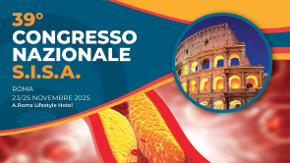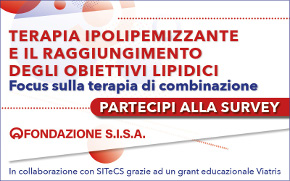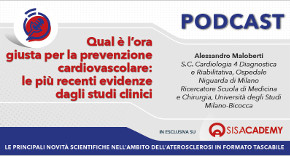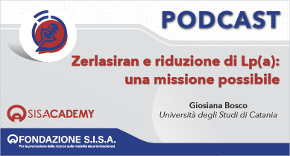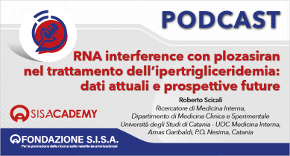 Rivista in lingua italiana
Rivista in lingua italiana
riservata ai Soci SISA
Ultimo numero:
Anno 16 • N.1/2025
SISANews
Il piombo è un altro fattore di rischio cardiovascolare?
Uno studio prospettico mostra che la quantità di piombo nelle ossa, ma non quella nel sangue, è associata alla mortalità per tutte le cause e che tale associazione è in gran parte sostenuta da un eccesso di mortalità per cardiopatia ischemica. I motivi non sono chiari, anche se sono già stati segnalati vari effetti del piombo su alcuni meccanismi potenzialmente implicati nel processo aterogenetico.
![]()
A prospective study of bone lead concentration and death from all causes, cardiovascular diseases, and cancer in the Department of Veterans Affairs Normative Aging Study
Weisskopf MG, Jain N, Nie H, Sparrow D, Vokonas P, Schwartz J, Hu H.
Circulation 2009;120:1056-1064
BACKGROUND: Blood lead concentration has been associated with mortality from different causes in several studies. Many effects of lead exposure that might increase risk of death are likely to result from cumulative exposure, for which bone lead is a better biomarker than blood lead. The association between bone lead levels and mortality has not been explored. METHODS AND RESULTS: We prospectively assessed the association between both blood lead and bone lead, analyzed with the use of K-shell x-ray fluorescence, and mortality among 868 men in the Normative Aging Study. We identified 241 deaths over an average of 8.9 (SD=3.9) years of follow-up. We calculated adjusted hazard ratios and 95% confidence intervals using Cox proportional hazards. Compared with the lowest tertile of patella bone lead, the fully adjusted hazard ratios in the highest tertile for all-cause and cardiovascular mortality (n=137 deaths) were 2.52 (95% confidence interval, 1.17 to 5.41) and 5.63 (95% confidence interval, 1.73 to 18.3), respectively. The age-, smoking-, and race-adjusted hazard ratio for ischemic heart disease mortality (n=62 deaths) in the highest tertile was 8.37 (95% confidence interval, 1.29 to 54.4). Results were similar for tibia lead. Bone lead was not associated with cancer, and blood lead was not associated with any mortality category. CONCLUSIONS: We found bone lead to be associated with all-cause and cardiovascular mortality in an environmentally exposed population with low blood lead levels. This study suggests that cumulative lead exposure from prior decades of high environmental exposures continues to significantly affect risk of death despite recent declines in environmental lead exposure.
Circulation 2009;120:1056-1064

Area Soci
Eventi
39° Congresso Nazionale
 39° Congresso Nazionale
39° Congresso NazionaleRoma, 23-25 novembre 2025
Save the date




 Spring Meeting Gruppi Giovani SID, SIGG, SIIA, SIMI, SIPREC, SISA
Spring Meeting Gruppi Giovani SID, SIGG, SIIA, SIMI, SIPREC, SISARimini, 6-8 aprile 2025
[continua a leggere]
 SISA LIPID ACADEMY - Corso avanzato di lipidologia clinica
SISA LIPID ACADEMY - Corso avanzato di lipidologia clinicaModena, 4-5 Luglio 2024
[continua a leggere]Giornale Italiano Arteriosclerosi
HoFH today
 Rivista Italiana della
Rivista Italiana della
Ipercolesterolemia
Familiare Omozigote
Anno 6 • N.1/2024
Rivista NMCD
Diateca
[continua a leggere]
[continua a leggere]
Newsletter
il vostro indirizzo di posta elettronica
Progetto LIPIGEN

Nuovo sito dedicato al Progetto LIPIGEN
Progetto LIPIGEN - Vecchio portale
E' necessario essere loggati come utente
Lipigen per poter accedere alla pagina
PROject Statin Intolerance SISA
PROSISA – PROject Statin Intolerance SISA
E' necessario essere loggati come utente
PROSISA per poter accedere alla pagina
GILA - Lipoprotein Aferesi
Gruppo Interdisciplinare Lipoprotein Aferesi
(Accesso Gruppo GILA-Lipoprotein Aferesi)
E' necessario essere loggati come utente del Gruppo GILA per poter accedere
Gruppo Interdisciplinare Lipoprotein Aferesi
(Documentazione ad accesso libero)
Pagina informativa per medici e pazienti


